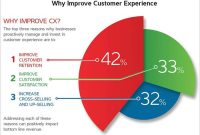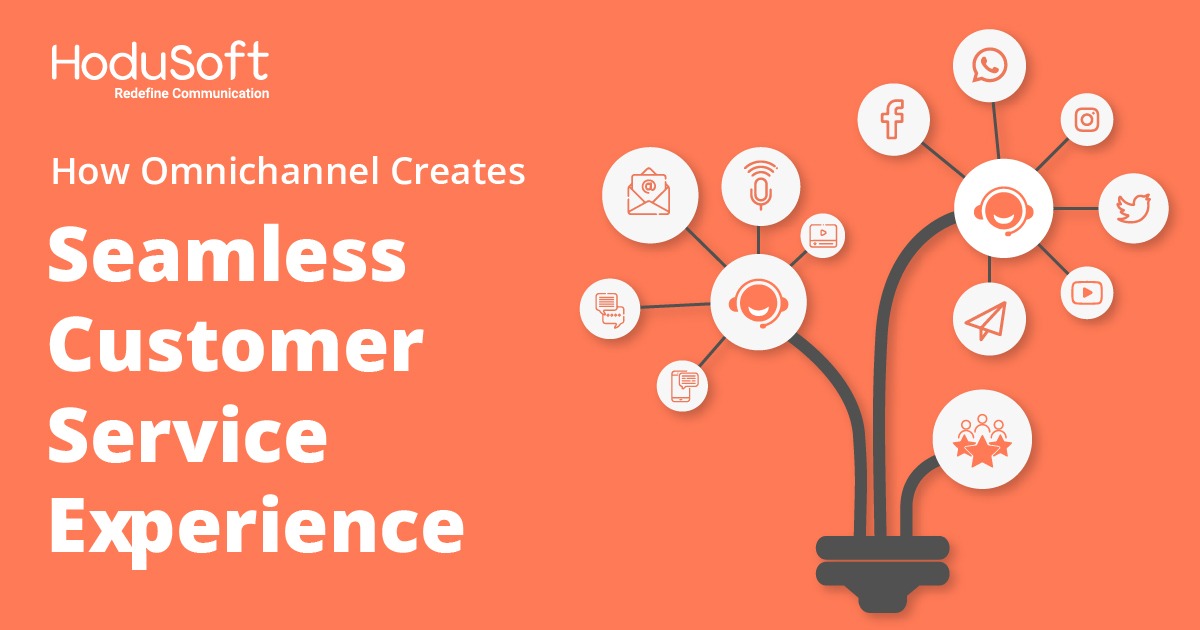In the digital age, customer expectations have evolved far beyond phone calls and email threads. Clients want instant access to their data, project updates, support resources, and communication history—all in one place. This is where a Client Portal CRM becomes an essential tool for modern businesses.
A Client Portal CRM bridges the gap between internal operations and customer-facing communication, enabling clients to interact directly with your business through a secure, branded online interface. In this article, we explore what a client portal CRM is, its key benefits, and how to implement one effectively.
What Is a Client Portal CRM?
A Client Portal CRM is a secure, self-service platform integrated within a CRM (Customer Relationship Management) system that allows clients to log in and view information relevant to them. Unlike traditional CRMs used exclusively by internal teams, client portals offer customers transparency and direct access to real-time updates, documents, invoices, messages, and more.
It empowers clients by giving them autonomy while keeping all data centralized within the CRM for easy management by your team.
Key Features of a Client Portal CRM
An effective client portal CRM includes the following features:
1. Secure Login and User Authentication
Clients can securely log in with unique credentials and access only their information.
2. Real-Time Project and Task Updates
Clients can monitor the status of ongoing projects, timelines, and deliverables.
3. Document Sharing and Storage
Upload, download, and manage files such as contracts, proposals, or reports in a centralized location.
4. Messaging and Communication Tools
Enable direct messaging or ticket-based communication between clients and team members.
5. Billing and Invoices
Clients can view past and upcoming invoices, make payments, and track transaction history.
6. Customization and Branding
Client portals can be fully branded to match your business identity, offering a seamless experience.
7. Mobile Accessibility
Clients can log in from any device, ensuring flexibility and convenience.
Benefits of Using a Client Portal CRM
Implementing a client portal within your CRM provides several significant advantages:
1. Enhanced Client Experience
Providing clients with 24/7 access to their information builds trust, transparency, and satisfaction.
2. Operational Efficiency
By allowing clients to self-serve, your team spends less time on administrative tasks like sending updates or documents manually.
3. Improved Communication
Structured messaging systems within the portal reduce miscommunication and ensure all conversations are documented.
4. Centralized Data Management
All client-related data—documents, conversations, billing—stays within a single, organized platform.
5. Scalability
Client portals support business growth by streamlining client engagement, regardless of how many customers you have.
Who Needs a Client Portal CRM?
A client portal CRM is beneficial for any business that works closely with customers, especially:
-
Agencies and Consultancies
-
Law Firms
-
Accounting and Financial Services
-
Marketing and Creative Studios
-
Freelancers and Coaches
-
Software Development Firms
Essentially, if you provide personalized, ongoing services to clients, a client portal CRM can dramatically improve both customer satisfaction and team productivity.
Top CRM Platforms with Built-in Client Portals
If you’re not building one from scratch, here are CRM solutions that offer integrated or add-on client portals:
1. Zoho CRM + Zoho Creator/Client Portal
Zoho’s suite allows you to create a fully customizable client portal that connects with your CRM data.
2. SuiteDash
An all-in-one business management platform with robust CRM and client portal capabilities—including document sharing, messaging, and white labeling.
3. HubSpot (with Third-Party Add-ons)
While HubSpot doesn’t offer a native client portal, integrations like Clinked or Portal can be connected for client-facing access.
4. Freshdesk + Freshsales
For businesses focused on support and sales, Freshdesk and Freshsales together provide an ecosystem that includes a client help portal and CRM integration.
5. Monday.com + Client Portal Template
Monday CRM users can set up client-facing boards with controlled access using guest permissions or integrations like Portal.
How to Implement a Client Portal CRM
Here’s a step-by-step outline to create or integrate a client portal into your CRM system:
Step 1: Define Use Cases
Identify what clients should be able to access: documents, messages, billing, project status, etc.
Step 2: Choose the Right Platform
Decide whether you’ll build your own portal or use a CRM with built-in portal functionality.
Step 3: Set Up Permissions
Ensure data privacy by setting access controls and defining user roles carefully.
Step 4: Brand the Portal
Customize the design to reflect your company’s logo, colors, and tone.
Step 5: Test the Experience
Use internal testers or select clients to try the portal and give feedback before full deployment.
Step 6: Educate Clients
Provide simple tutorials or onboarding materials to help clients use the portal effectively.
Final Thoughts
In an age where customer experience is a key differentiator, a Client Portal CRM isn’t just a convenience—it’s a competitive advantage. It creates a frictionless experience, empowers your clients with transparency, and frees up your internal team to focus on higher-value tasks.
Whether you’re a solo professional or part of a growing business, integrating a client portal into your CRM is a strategic move toward smarter, more collaborative customer relationships.
Client Portal CRM: Enhancing Customer Experience Through Secure Access

In the digital age, clients expect more than just emails and phone calls—they want on-demand, self-service access to their data, communication, and business interactions. That’s where the Client Portal CRM comes into play. A client portal integrated with CRM (Customer Relationship Management) software creates a seamless, efficient, and transparent experience between a business and its customers.
Whether you’re a small business, a service-based company, or a growing agency, adding a client portal to your CRM can transform the way you engage and collaborate with your clients.
What is a Client Portal CRM?
A Client Portal CRM is a secure, web-based interface that allows customers to log in and access relevant information stored in your CRM system. It acts as a bridge between your internal data and the client’s need for visibility, interaction, and updates.
Through the portal, clients can:
-
View their contact details, invoices, documents, and service history
-
Communicate with your team directly
-
Submit support requests or track project progress
-
Schedule meetings or update their own data
This increases transparency while reducing your support workload.
Key Benefits of a Client Portal CRM
1. Improved Customer Experience
Clients no longer need to send multiple emails or call for updates. Everything they need is available 24/7, improving satisfaction and trust.
2. Operational Efficiency
Automated access to project timelines, billing, and documentation cuts down on repetitive admin tasks for your team.
3. Centralized Communication
With chat features, messaging logs, and support tickets integrated, communication becomes clear, traceable, and professional.
4. Secure Document Sharing
Eliminate insecure email attachments. Clients can upload/download files in a protected environment.
5. Enhanced Branding
A branded client portal gives your business a polished, tech-savvy image—especially valuable for agencies, consultants, and freelancers.
Must-Have Features in a Client Portal CRM
If you’re considering implementing or building a client portal CRM, here are essential features to include:
| Feature | Description |
|---|---|
| Secure Login | Client authentication using encrypted credentials or SSO |
| Data Access Control | Show only the data relevant to each client |
| Document Management | Upload, store, and organize shared files |
| Invoicing & Payments | View and pay invoices directly from the portal |
| Project Tracking | Display progress bars, milestones, and timelines |
| Ticketing System | Submit and track support requests |
| Messaging or Chat | Real-time or asynchronous client communication |
| Mobile Optimization | Access via smartphones and tablets |
Who Can Benefit from a Client Portal CRM?
While useful across industries, here are a few businesses that gain the most:
-
Marketing Agencies – Share campaign reports, creative files, and invoices
-
Consultants & Coaches – Upload deliverables and provide session materials
-
Accounting Firms – Securely share financial documents and tax forms
-
Law Firms – Allow clients to check case updates and appointments
-
Freelancers – Centralize communication, payments, and client feedback
Top CRM Platforms with Built-In Client Portals
If you prefer ready-made solutions rather than building one from scratch, consider these CRM systems with client portal capabilities:
1. SuiteDash
-
All-in-one CRM, project management, and client portal
-
Fully white-labeled with custom branding
2. HoneyBook
-
Great for freelancers and creatives
-
Offers contract signing, payments, and messaging
3. Zoho CRM + Zoho Creator
-
Build custom client portals using Zoho Creator linked to Zoho CRM
-
Ideal for scalable and tailored solutions
4. Clinked
-
Focused on client collaboration and file sharing
-
Strong in document management and team-client interaction
5. Salesforce Experience Cloud
-
Enterprise-level client portals with CRM data integration
-
Highly customizable and secure
Building a Custom Client Portal Connected to Your CRM
If your business has specific requirements or branding standards, building a custom client portal is a great option. Here’s how:
Step 1: Define the Use Case
What will clients do inside the portal? (e.g., view invoices, chat, upload documents)
Step 2: Choose a Technology Stack
Use tools like React, Angular, or Vue.js for the front end and Node.js, Laravel, or Django for the back end.
Step 3: Integrate with Your CRM
Use APIs (like Salesforce API, HubSpot API, or your in-house CRM) to securely exchange client data.
Step 4: Add Role-Based Access
Ensure each client only sees their own data, respecting privacy and security protocols.
Step 5: Focus on User Experience
Make it simple, clean, and mobile-friendly.
Security Considerations
Since client portals handle sensitive data, strong security is non-negotiable:
-
Use SSL encryption for all data transfer
-
Store passwords using salted hashing algorithms
-
Enforce multi-factor authentication (MFA)
-
Monitor user activity for unauthorized access
-
Comply with GDPR, HIPAA, or other relevant standards
Final Thoughts
A Client Portal CRM is more than just a convenience—it’s a powerful tool for delivering professional, responsive, and transparent client experiences. It empowers your customers, enhances your efficiency, and distinguishes your brand in a competitive landscape.
Whether you choose a prebuilt solution or develop a custom system, the right client portal CRM can elevate your customer relationships to new levels.
